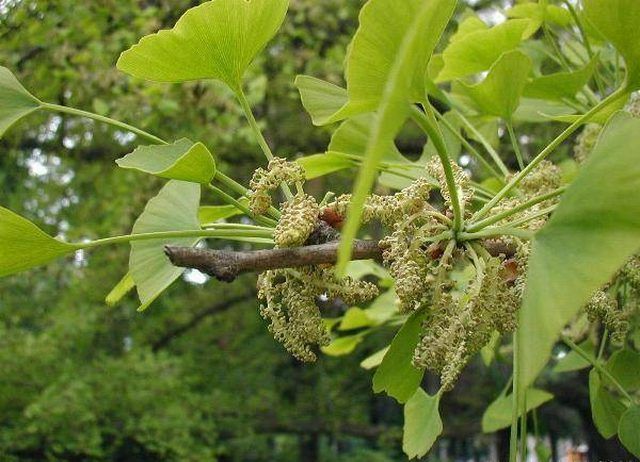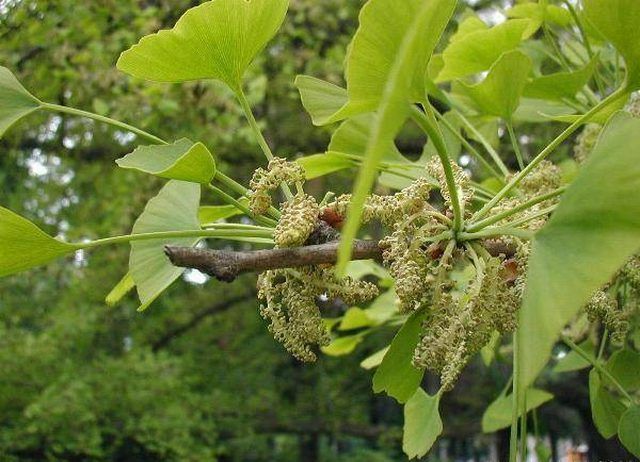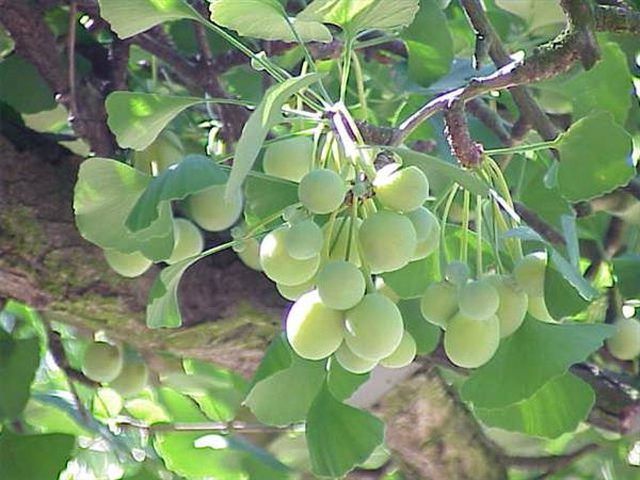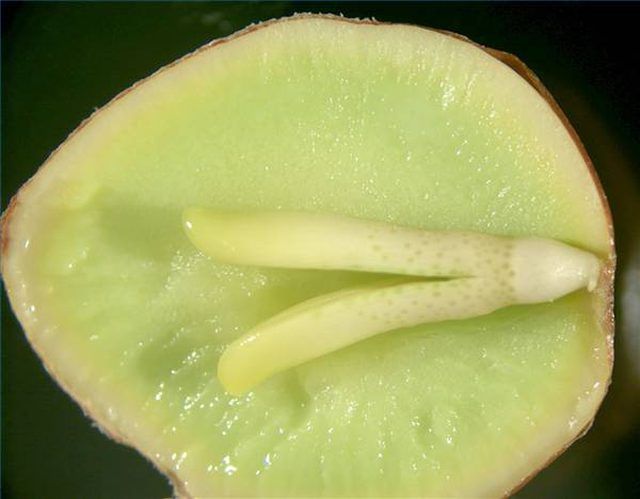Bulbs
Flower Basics
Flower Beds & Specialty Gardens
Flower Garden
Garden Furniture
Garden Gnomes
Garden Seeds
Garden Sheds
Garden Statues
Garden Tools & Supplies
Gardening Basics
Green & Organic
Groundcovers & Vines
Growing Annuals
Growing Basil
Growing Beans
Growing Berries
Growing Blueberries
Growing Cactus
Growing Corn
Growing Cotton
Growing Edibles
Growing Flowers
Growing Garlic
Growing Grapes
Growing Grass
Growing Herbs
Growing Jasmine
Growing Mint
Growing Mushrooms
Orchids
Growing Peanuts
Growing Perennials
Growing Plants
Growing Rosemary
Growing Roses
Growing Strawberries
Growing Sunflowers
Growing Thyme
Growing Tomatoes
Growing Tulips
Growing Vegetables
Herb Basics
Herb Garden
Indoor Growing
Landscaping Basics
Landscaping Patios
Landscaping Plants
Landscaping Shrubs
Landscaping Trees
Landscaping Walks & Pathways
Lawn Basics
Lawn Maintenance
Lawn Mowers
Lawn Ornaments
Lawn Planting
Lawn Tools
Outdoor Growing
Overall Landscape Planning
Pests, Weeds & Problems
Plant Basics
Rock Garden
Rose Garden
Shrubs
Soil
Specialty Gardens
Trees
Vegetable Garden
Yard Maintenance
How Do Ginkgo Trees Reproduce?
How Do Ginkgo Trees Reproduce?. The ginkgo tree dates back to the Jurassic age. It can grow over 100 ft. tall, and there are ginkgo trees known to be thousands of years old. The ginkgo tree is grown ornamentally worldwide, but until just a couple of hundred years ago it was believed to be extinct in the wild. Currently the ginkgo tree is considered...

Jurassic Era
The ginkgo tree dates back to the Jurassic age. It can grow over 100 ft. tall, and there are ginkgo trees known to be thousands of years old. The ginkgo tree is grown ornamentally worldwide, but until just a couple of hundred years ago it was believed to be extinct in the wild. Currently the ginkgo tree is considered an endangered species, with a couple of wild ginkgo populations found to be surviving in Eastern China's Zhejiang province.
The ginkgo biloba tree naturally repels both insects and disease, and the seeds that it produces are not an appetizing food source for animals. These natural defenses are essential to the ginkgo plant's longevity. Part of the difficulty in sustaining wild ginkgo tree populations is the complex reproductive process. Though the ginkgo tree has outlived any other plant in its class from the dinosaur days, ginkgo trees still reproduce in a very old-school way that is similar to its Jurassic companions the fern and the cycad.

Sexual Reproduction
Sexual reproduction in plants is similar to sexual reproduction in humans. The female egg must be fertilized by the male sperm in order to create an embryo. Though some plants can serve as both male and female to cross-pollinate each other, the ginkgo biloba is not one of them. Ginkgo plants are either male or female for their entire lives.
Sperm are stored in pollen tubes that are produced on tiny pollen "cones" that develop on male ginkgo trees. Eggs are found within seeds that resemble pale colored cherries in appearance at maturity on female ginkgo trees. In order for a ginkgo tree to produce a fertilized seed, the sperm from the male pollen must fertilize the ovules (eggs) of the female plant. Many ginkgo ovules are sterile and will rot without ever being fertilized.

The Process
The male ginkgo plant produces sporophylls, which are the stalks that produce the pollen tubes containing two sperm cells. When the ginkgo tree releases its pollen, these tubes become airborne and are transferred to female trees on the wind. The sperm cells themselves are not directly transferred from the pollen to the eggs. These cells are motile and are released from the pollen tube to complete the journey on their own. This is a very primitive form of plant reproduction.
When the two sperm reach the ovule, one will fertilize the seed within. The seed has a fleshy outer shell that resembles a fruit which will swell as it develops. This fleshy seed has a putrid smell due to the butyric acid content (the same odorous chemical that is found in soured butter and cheese, body odor and vomit). The odor will protect the seeds from hungry animals after fertilization. The seeds will develop an embryo within before ultimately being released from the tree. Only seeds that are successfully fertilized will develop an embryo. You will find ginkgo seeds mixed with the yellow ginkgo leaves that fall in the autumn.
